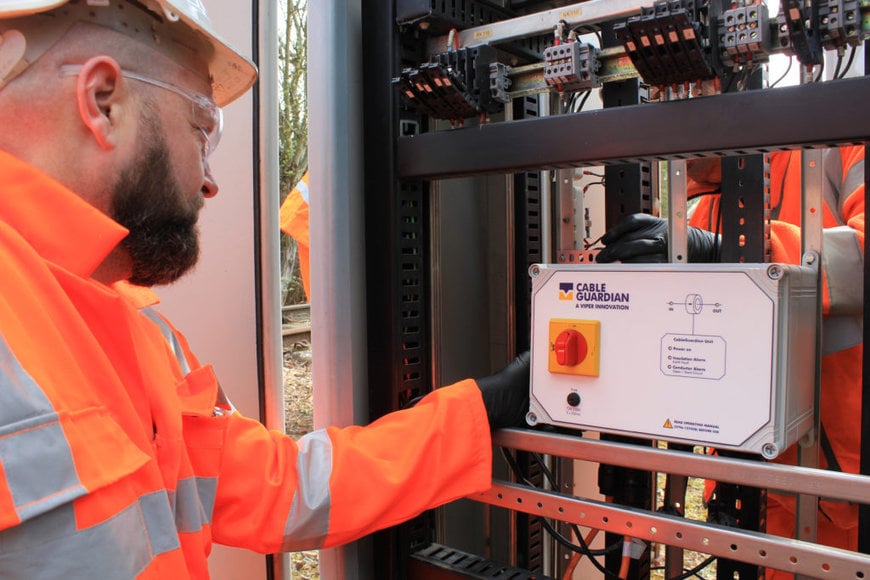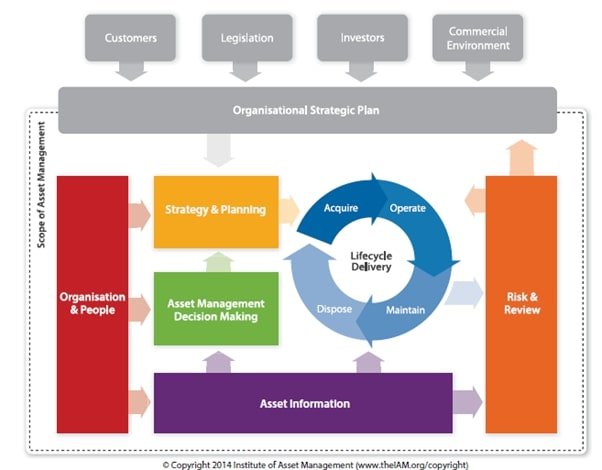railway-international.com
23
'23
Written on Modified on
Railway Asset Management in Focus: Signalling Power Supplies
Developing and delivering an effective physical asset management system provides the foundation for all aspects of a safe, effective, efficient, environmentally-sound and high-performing business.

Sweating the asset is an old adage; however, it’s still important to understand how we extract maximum benefit from investments. An effective strategy is required to understand the asset condition, its lifespan in its location, use case and environment. Backing this asset information up, we must understand what effective closed-loop intervention looks like and ensure that information, knowledge sharing, understanding and actions are linked across the entire organisation.
When we consider the railway, we’ve made great strides toward transitioning from a maintenance organisation to one on the journey towards holistic Asset Management. Underpinning this and in the process of being interwoven into the fabric of the railway, the ISO 55000 suite of standards provides an international view as to what is needed to deliver an effective asset management system. But what is it that sits underneath the principles and processes that really drives an organisation forward?
Considering the Institute of Asset Management’s conceptual model for asset management, as described in their Anatomy of Asset Management, there are six groupings pulling together the Global Forum on Maintenance and Asset Management’s 39 asset management subjects. These individual topics and the logical groupings provide an essential model of the components that make up a comprehensive asset management approach.
An organisation, or indeed an interconnected industry like rail, must plot its path to effective asset management from these topics and groupings, delivering value from assets relative to the individual businesses and overall industry-as-a-service provision to the country and its direct customers. However, when considering the hierarchical nature of enterprise asset management for the rail industry, there are still a number of missing links related to understanding the individual assets within the hierarchy.

Considering the aforementioned topic groupings, if we consider the linkages between Asset Information and Decision Making, the railway suffers from a lack of insight with some assets. This can present difficulties linking the base layer of the asset hierarchy with the layers above, effectively preventing holistic asset management. The issue is compounded when less visible yet critical assets like signalling power supplies remain in the background.
Remote condition monitoring assists in breaking down asset knowledge barriers – and when combined with reliability tools such as Failure Modes and Effects (FMEA) and Digital Twins, we can start to fill in the blanks.
We have reached a reasonable level of maturity with some of the more visible assets, using data, analysis and locational baselining; to enable maintenance to intervene proactively, ensuring service provision continuation. However, are we in a position with these assets where we fully understand what sweating the asset really means?
With signalling power supplies, we are now in a position to push forward with the integration of this fundamental asset into the management hierarchy. This system links together the vast majority of assets on the railway that are critical to delivering value for customers. Failures are catastrophic for service provision; maintenance is invasive, expensive and exposes safety risks. These safety issues and latent failures can remain undetected, and effective asset condition assessment is captured piecemeal and independent of environmental factors affecting condition.
This position is changing, however. The new generation of remote condition monitoring systems, led by Viper Innovations’ CableGuardian system, is enabling a comprehensive change in the way the asset is managed. The technology enables monitoring not only to detect a failure but also to link asset information effectively to asset decision making, applying true asset management to the system.
CableGuardian has been designed and developed collaboratively with users to be more than just a maintenance tool. It allows us to gain real insight into the asset across its entire operational lifecycle in a comprehensive set of configurations and operating conditions. Working in partnership with the asset owner, we can monitor all required parameters of the asset remotely, continuously, accurately and to a range that allows all potential failure modes to be tracked. We enable complete asset condition to be captured and then predicted to a level of granularity that enables effective short, medium and long-term asset decision making.
From this position, an organisation can link Asset Information with Asset Decision Making, predicting capital and operational expenditure a number of control periods ahead; predicting and preventing in-service failures; minimising disruption from itinerant vandalism and damage; creating asset replacement and life extension strategies that provide demonstrable closed-loop value and providing information that allows the whole enterprise to deliver a holistic service.
www.viperinnovations.com

